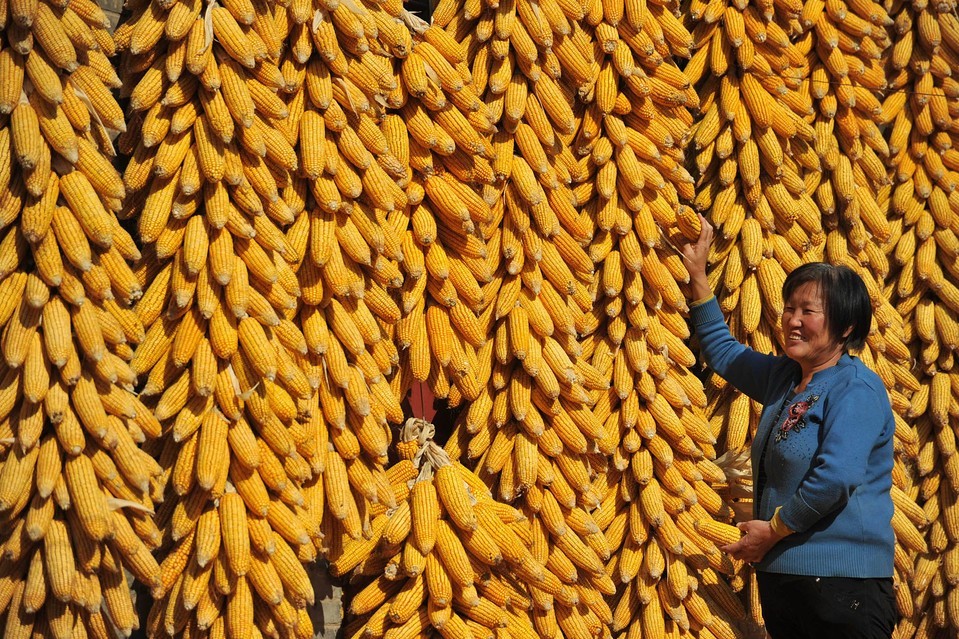The EUR/USD currency pair rose to 1.1839. The price of US WTI crude oil rose to 72.94 USD/barrel.
U.S. oil stocks (the world's largest consumer of oil) shrank by 8 million barrels for the week ended July 2, according to two market sources, citing data from the American Petroleum Institute. Reuters analysts forecast a drop of 4 million barrels.
| CBOT | |||
|---|---|---|---|
| Chicago | Contract | USD/mt | +/- |
| Wheat | September | 227.08 | -1.56 |
| Corn | December | 206.19 | -2.85 |
| Soybeans | November | 484.83 | -2.85 |
| Soymeal | December | 399.59 | -2.65 |
| EURONEXT | |||
|---|---|---|---|
| Paris | Contract | EUR/mt | +/- |
| Wheat | September | 199.75 | -0.25 |
| Corn | June | 236.00 | -0.25 |
| Rapeseed | August | 518.75 | +7.75 |
Yesterday, CBOT September SRW wheat futures prices decreased by 4 1/4 cents to close at $6.18 a bushel. There is no news and prices are falling. It should be noted that there are many buyers, in large quantities. Conab forecasts a wheat production in Brazil of 8.48 million tons compared to 6.24 million tons a year earlier. Weekly export sales of wheat from the United States are expected at 200,000 - 450,000 tons. South Korea bought 65,000 tons of feed wheat, Japan purchased 108,175 tons and tenders were organized by Saudi Arabia for 360,000 tons of wheat, Turkey for the purchase of 395,000 tons of milling wheat and the Philippines for a total of 200,000 tons of milling and fodder wheat.
Yesterday, Chicago December corn futures prices fell by 7 1/4 cents to close at $5.23 3/4 a bushel. The lack of news and the rainfall expectations in the northwestern United States have a negative impact on prices. Now, the prices are where they were before the news of frosts in Brazil and favorable reports from the United States. We are more likely to see a gradual improvement in the state of corn crops in the United States. As soon as we see good rainfall in the driest areas, the chances of a great corn production will increase significantly. Brazil will have a bad corn production and this is no longer a forecast but a fact. The FAO has raised its forecast for the world's ending grain stocks (including rice) in 2021/22 by 24 million tons to 836 million tons, the first increase since 2017/18. Much of the increase is due to larger corn stocks in China - up to 152 million tons, which is 24 million tons above the previous estimate and 3 million tons higher than the previous season. This is China's first annual increase in corn stocks in six years. Dalian corn futures are trading at their lowest level this year for exactly the reasons listed above. It is very likely that China has peaked in corn imports and they will decline from now on - at least for 2021/22. Weekly export sales of corn from the United States are expected within the range of -100,000 tons - +350,000 tons of old crop and 100,000 - 600,000 tons of the new corn crop. Conab estimates corn production in Brazil in 2020/21 at 93.4 million tons, which is 3 million tons below the June estimate. The market expects the USDA to show a Brazilian corn production estimate of 91.7 million tons next week.
Yesterday, CBOT November soybean futures prices fell by 7 3/4 cents to close at $13.19 1/2 a bushel. Like corn, the lack of news and expected rainfall in the western United States is depressing prices. The USDA announced export sales of 122,200 tons of soymeal to Mexico. Weekly soybean export sales are expected within -100,000 tons - +275,000 tons of old crop and 200,000 - 500,000 tons of the new soybean crop. Sales of soymeal will be within 150,000 - 600,000 tons, including 50,000 - 250,000 tons of the new crop. Weekly soyoil sales are projected within 0 - 15,000 tons. Conab estimates the new soybean production in Brazil at 135.9 million tons (+51,000 tons). The market expects the USDA to reduce the soybean production estimate by 200,000 tons to 136.8 million tons.

